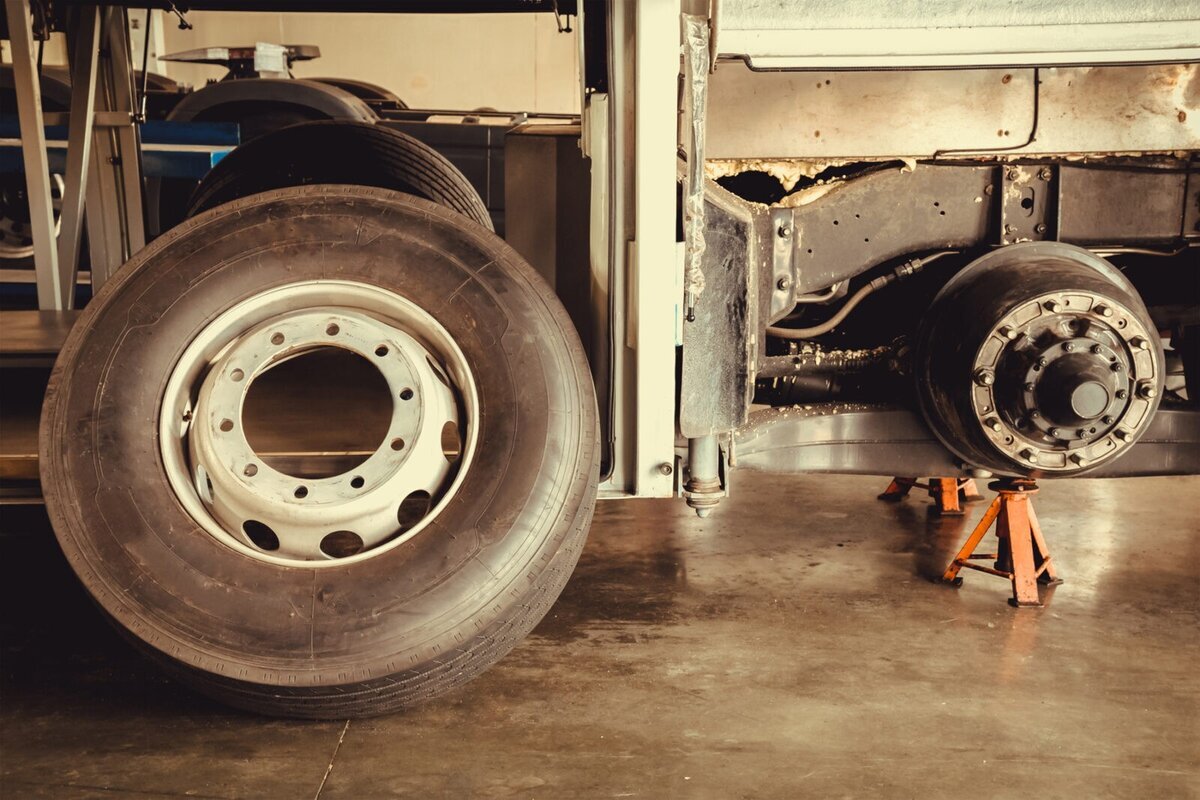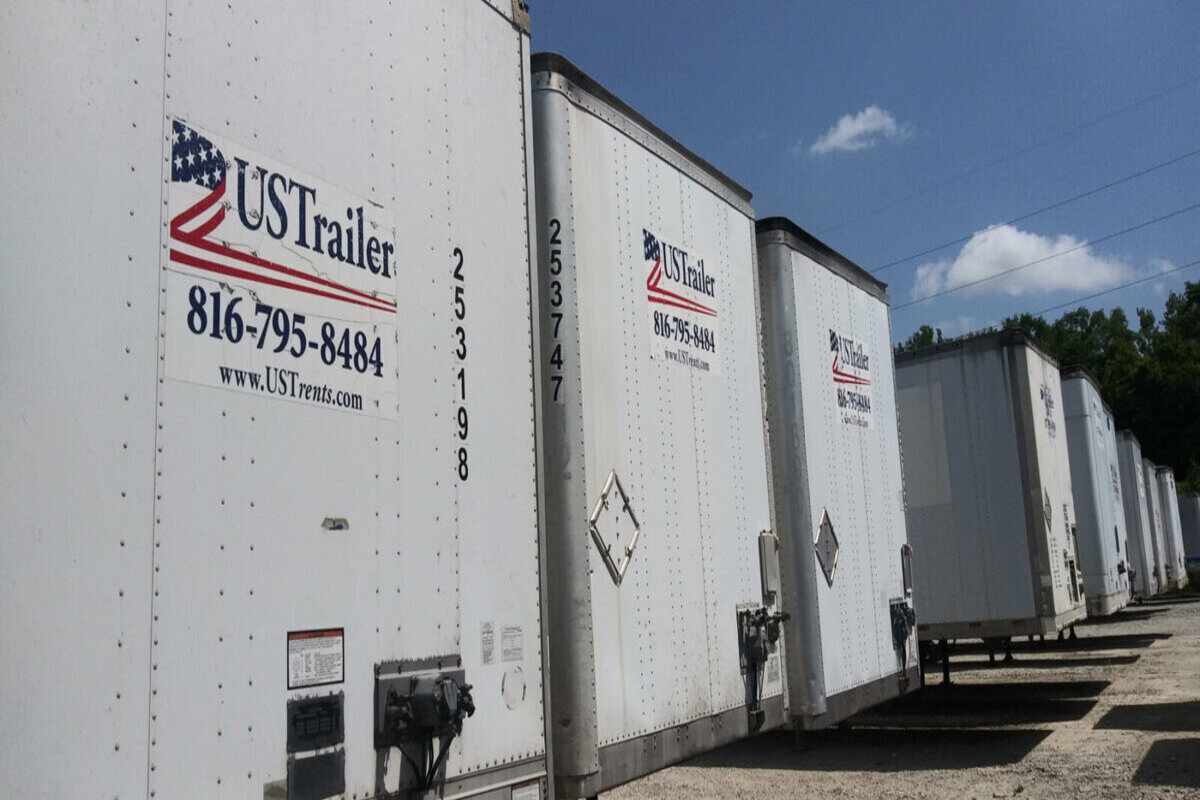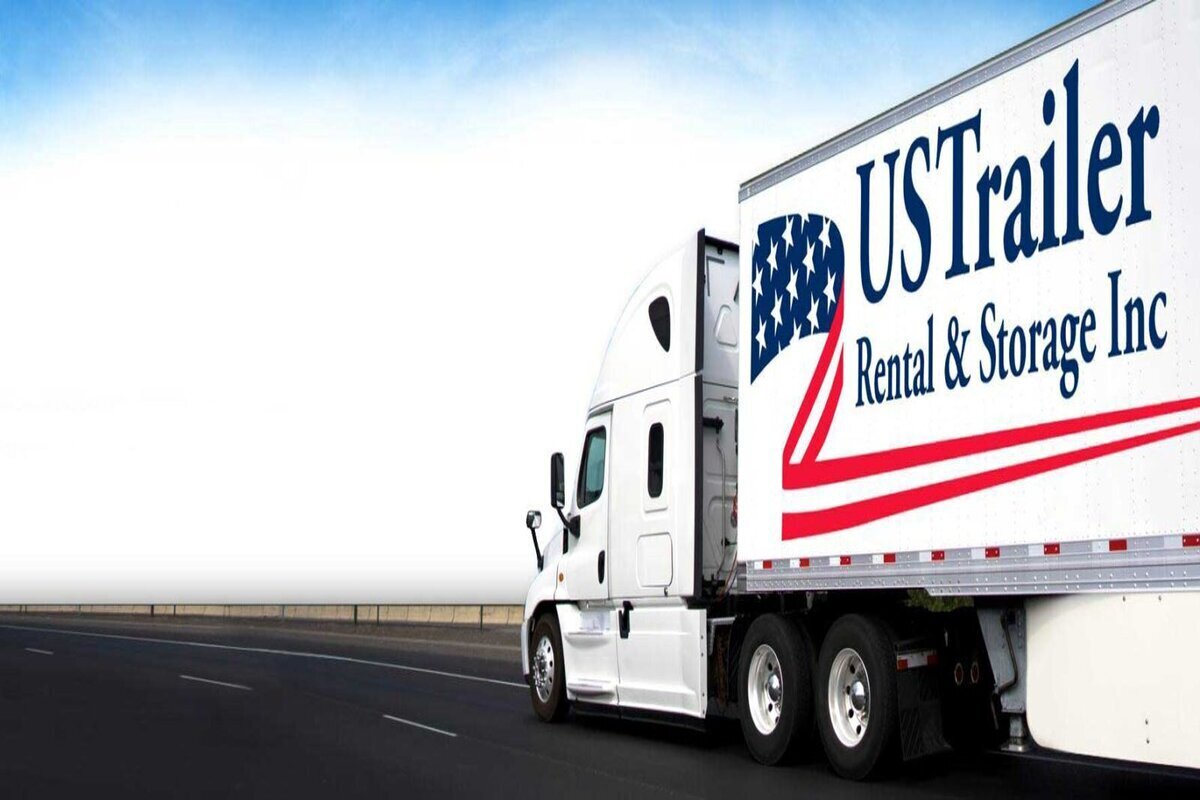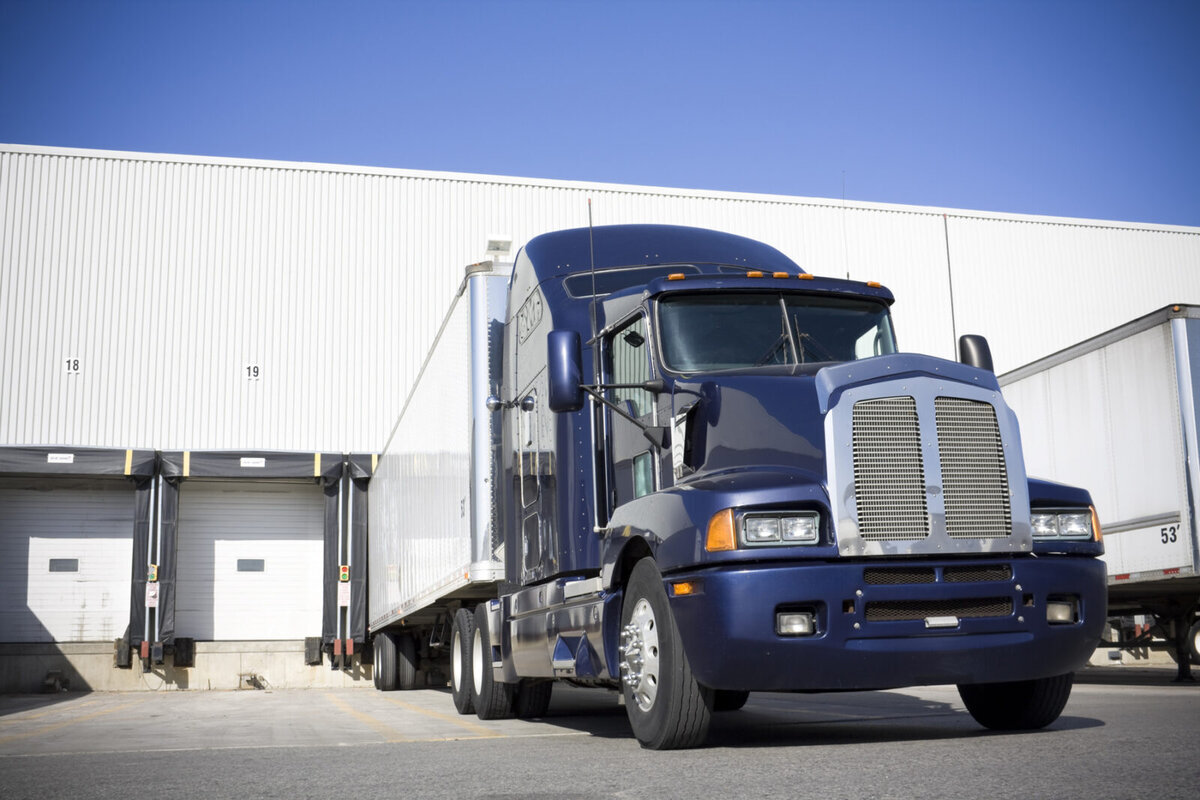As the logistics and transportation sectors continue to evolve, understanding the financial implications of semi-trailer ownership has never been more crucial. The year 2024 stands as a testament to the dynamic nature of these industries, especially when it comes to the costs associated with buying and maintaining a semi-trailer. This blog aims to shed light on the various factors influencing these costs, offering insights to businesses and individuals alike on what to expect and how to navigate the semi-trailer market effectively.
The Ever-Evolving Cost Dynamics
In recent years, various factors, including the COVID-19 pandemic and equipment shortages, have led to fluctuations in the costs associated with semi-trailers. However, amidst these uncertainties, there’s a silver lining: prices of trailers are gradually coming back down. This shift prompts a closer examination of the cost considerations when it comes to acquiring semi-trailers.
The Upfront Cost vs. Maintenance Expenses
When deciding between renting and buying a semi-trailer, many customers focus on the upfront cost. However, what truly sets the two options apart is the continued maintenance expenses. For manufacturers and distributors, who primarily aim to focus on their core business operations, renting often emerges as a more viable solution. By opting for rental services, they eliminate the need to allocate resources towards maintaining the equipment, thus streamlining their operations effectively.
Maintenance Matters: Ensuring Trailer Longevity
One critical aspect that significantly impacts the value of a semi-trailer is its condition. Unlike other assets where mileage and usage directly influence value, the condition plays a pivotal role in determining the worth of a used trailer. Customers are increasingly leaning towards purchasing or leasing trailers that have been well-maintained throughout their lifespan. This preference reflects a strategic approach, prioritizing quality over age when it comes to semi-trailer acquisitions.
Understanding Customer Preferences
In the semi-trailer landscape of 2024, customer preferences vary based on their specific requirements and operational models. For businesses utilizing trailers for storage purposes, renting often emerges as the preferred choice. By availing rental services, these businesses alleviate the burden of maintaining equipment, thereby optimizing their resources for core activities. Conversely, manufacturers and distributors may opt for purchasing or leasing trailers, considering factors such as long-term usage and operational control.
Making Informed Decisions for the Future
As we navigate semi-trailer acquisition in 2024, it becomes evident that the decision between renting and buying extends beyond the mere upfront cost. Factors such as maintenance, usage patterns, and operational preferences play a pivotal role in shaping the most suitable approach for businesses. By prioritizing well-maintained trailers and evaluating long-term costs, businesses can make informed decisions that align with their goals and objectives.
In Summary
In the landscape of semi-trailer acquisition, businesses are faced with the ongoing dilemma of renting versus buying. While the upfront cost may sway initial decisions, it’s the long-term implications of maintenance and operational efficiency that truly matter. By understanding customer preferences and prioritizing trailer conditions, businesses can navigate through 2024 with confidence, ensuring optimal utilization of resources and streamlined operations.
For further inquiries or assistance in choosing the right semi-trailer solution for your business needs, feel free to contact us. Our team is dedicated to providing tailored solutions that align with your objectives and drive success in the ever-evolving logistics landscape.






